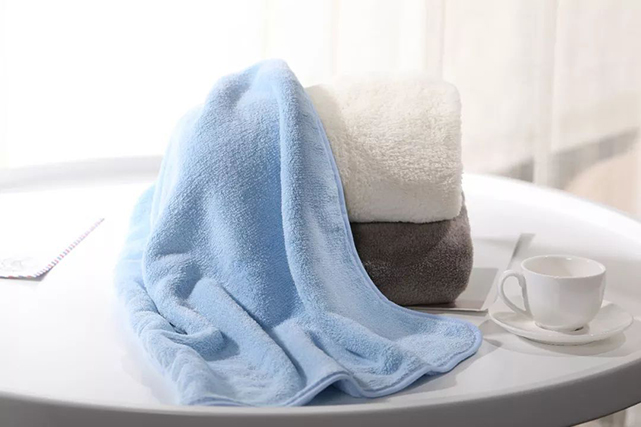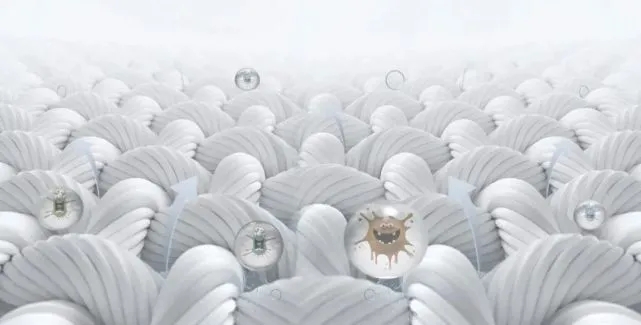Antibacterial Mechanism
Bacteria belong to microorganism, which is a life entity with complete cell structure. There are mainly seven antibacterial mechanisms as following:
1.Destroy: Has chemical reactions with proteins in bacterial cells to destroy their function.
2.Inactivation: Inactivate all kinds of metabolism in the cell of bacterial.
3.Electric potential: Rupture the bacterial cell walls by charge adsorption.
4.Inhibition: Disrupt energy release system inside the cell to inhibit the activity of the enzyme system.
5.Accelerate: Accelerate the redox system of phosphoric acid to disrupt the normal growth system of cell.
6.Impede: Stop the electron transfer system and the formation of amino acid transester.
7.Interfere the synthesis: Inhibit sporogenesis and block the synthesis of DNA to inhibit its growth.
Antibacterial Materials
1.Inorganic antibacterial
The metals, such as silver, copper and zinc, or their ions, are attached to fibers or fabrics by means of ion exchange, physical adsorption, alloying or combining. Using the antibacterial ability of metal ions, the purpose of long-effective bacteriostasis can be achieved through sustained release. Also the photocatalytic TiO2 has good antibacterial effect.
The antibacterial properties of metal ions are generally in the following order:
Ag+>Hg2+>Cu2+>Cd2+>Cr3+>Ni2+>Pb2+>Co2+>Zn2+>Fe3+
2.Organic antibacterial
Acylanilines, Imidazoles, thiazoles, isothiazolone derivatives, quaternary ammonium salts, diguarids, phenols, vanillin and ethyl vanillin compounds as well as synthetic antibiotic, etc. are organic antibacterial materials.
3.Natural plants and animal-derived antibacterial
The extracts of moutan bark, prickly ash, pepper, garlic, behenyl, Moso bamboo, mint, lemon leaf and isatis root, etc. and the chitosan and its derivatives and polypeptide compounds extracted from kapok, hemp, bamboo, crab and shrimp all have antibacterial effect. But for the influence of processing carrier, capacity and extraction purity, the antibacterial effect is also limited.
Processing Method
1.Antibacterial fiber:
It is to add extracts of inorganic, organic or natural antibacterial material into the fiber by spinning. And it can be permanent washable (more than 100 times for washing). Almost all fibers can be made antibacterial fibers, as polyester, nylon, spandex, viscose fiber and Lyocell, etc.

2.Using antibacterial finishing agent
It is the cheapest processing method. But the washability is worse.
3.Irradiation
It is a new type antibacterial method, which is by the form of physical wave irradiation. The antibacterial effect can be up to 6~8 hours. But its safety to human body has yet to be verified continuously.
Post time: Jun-02-2023


